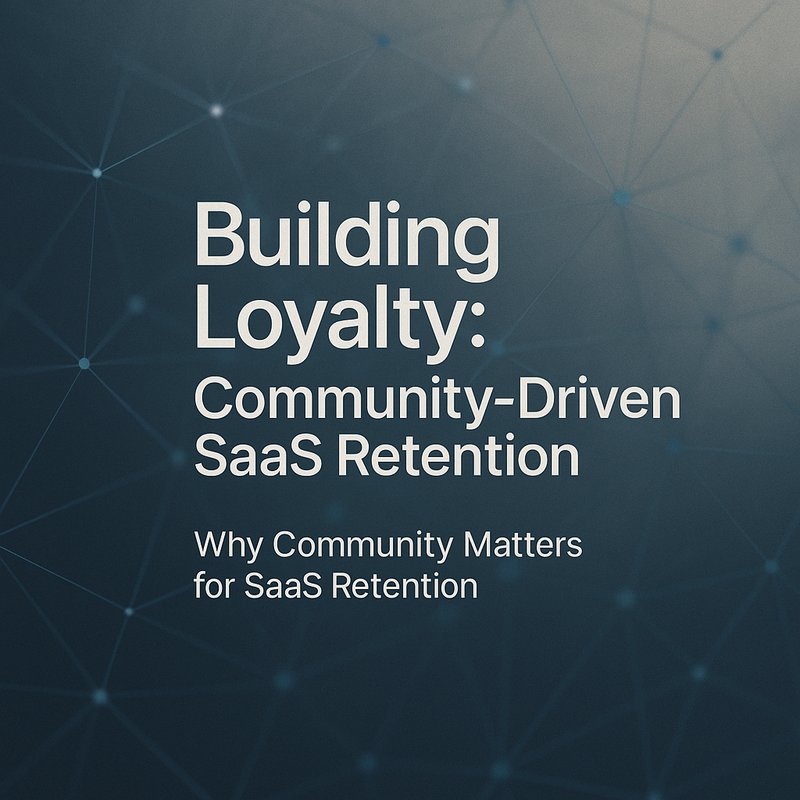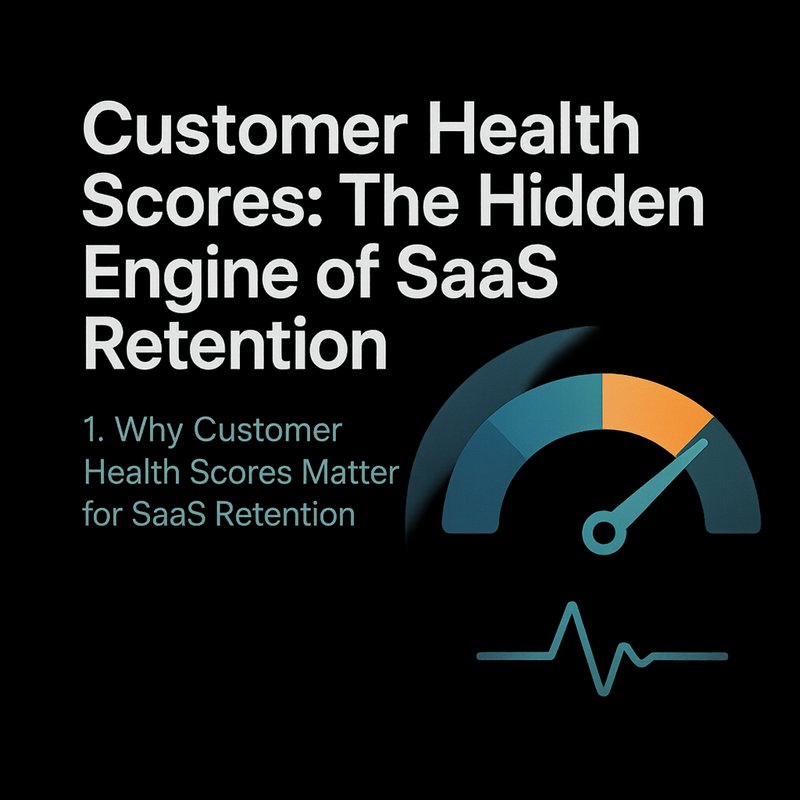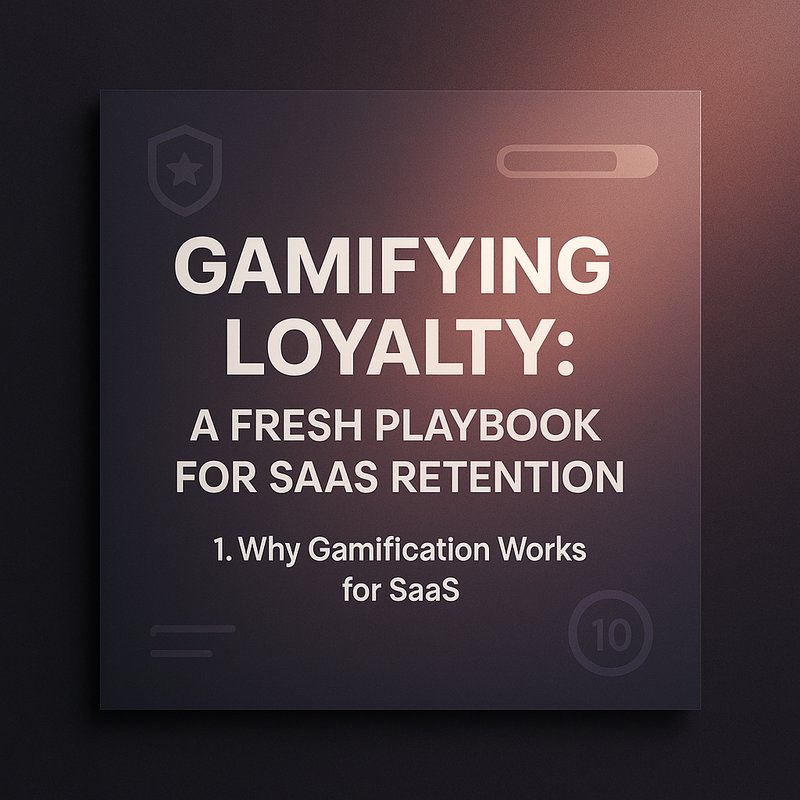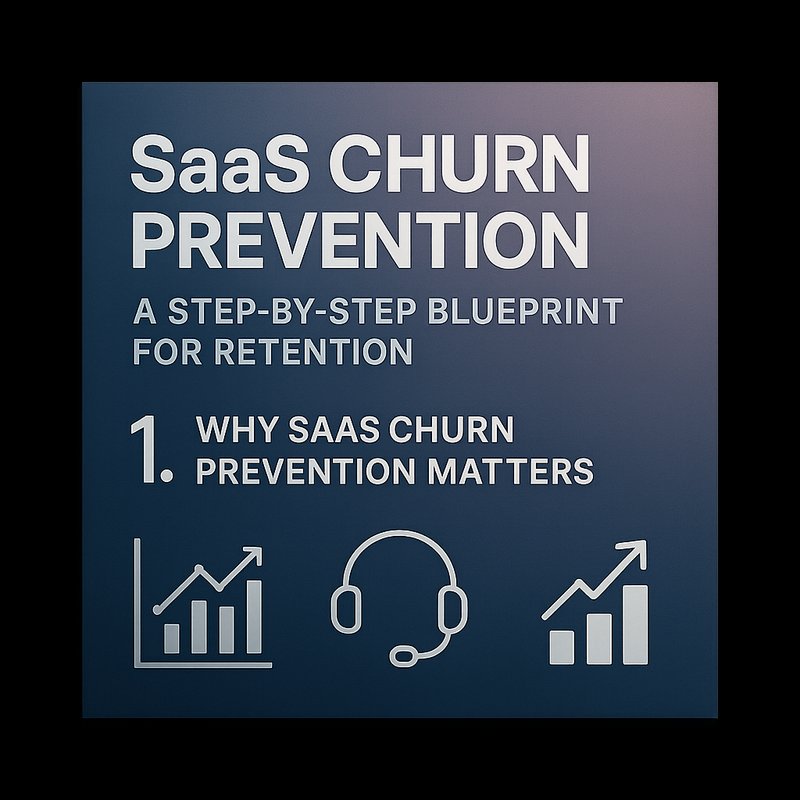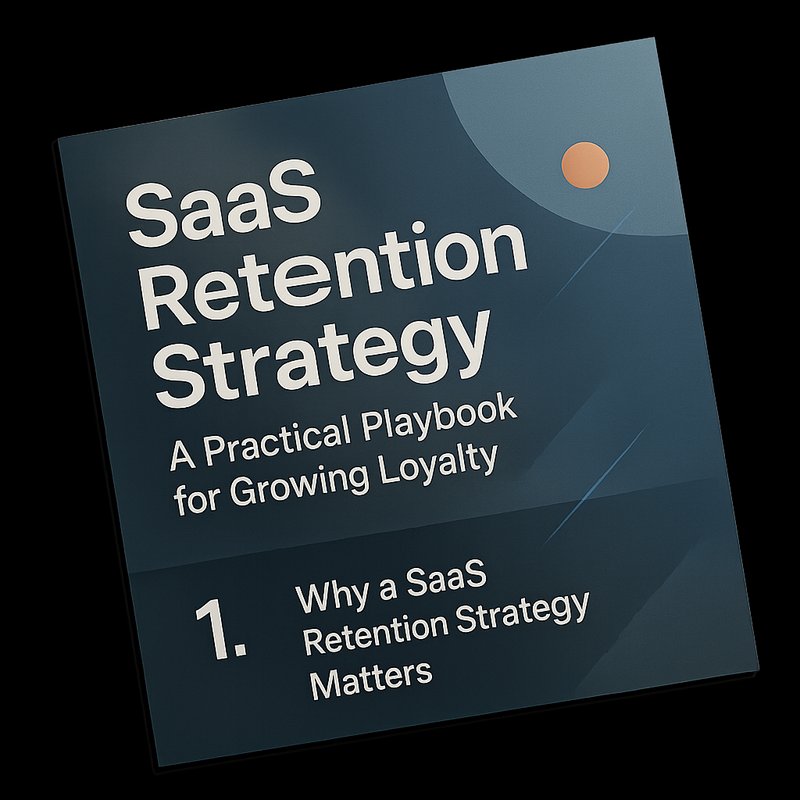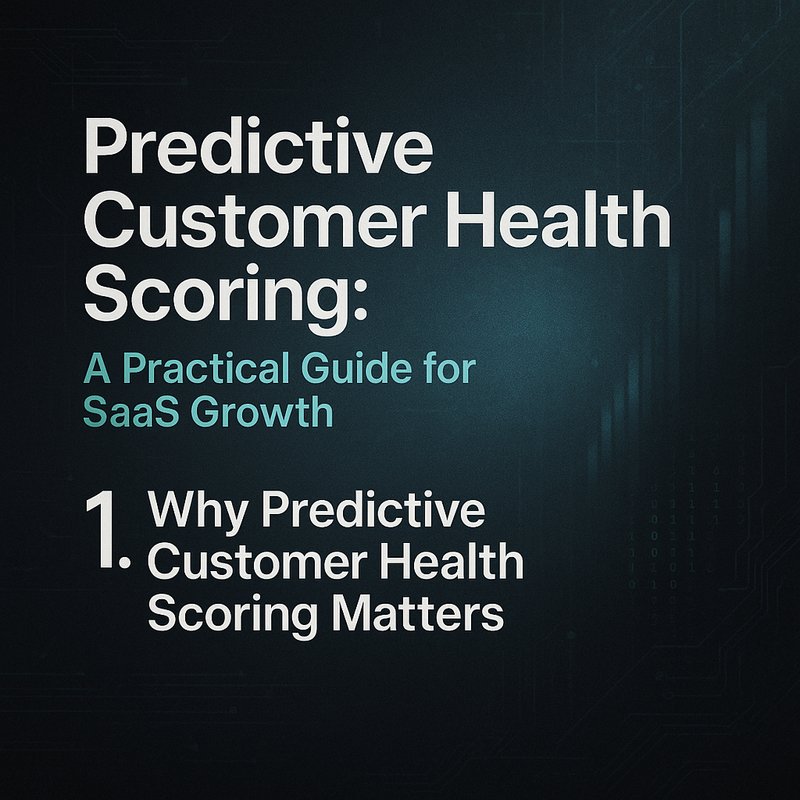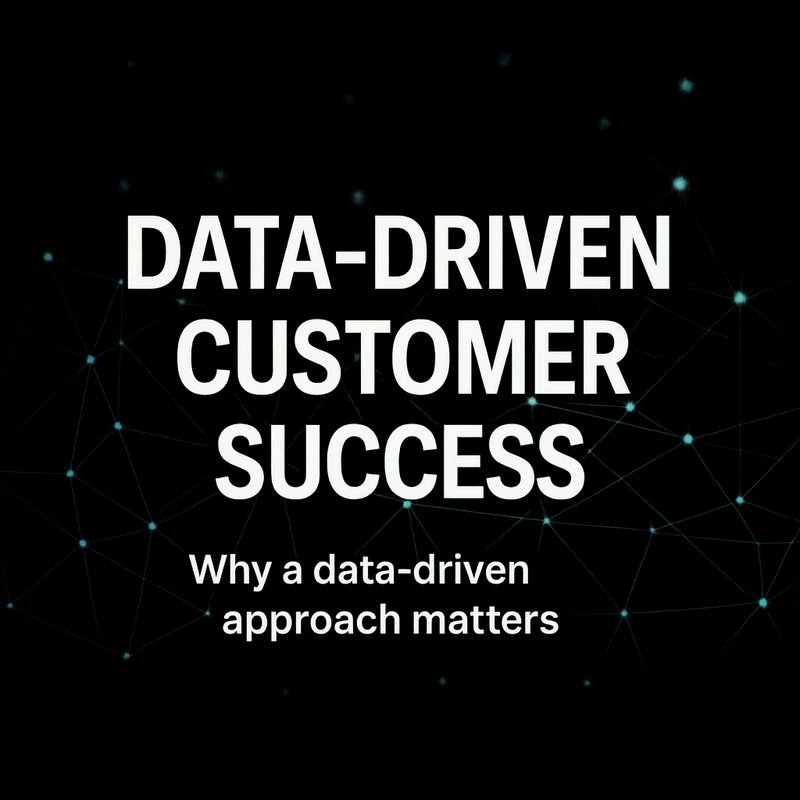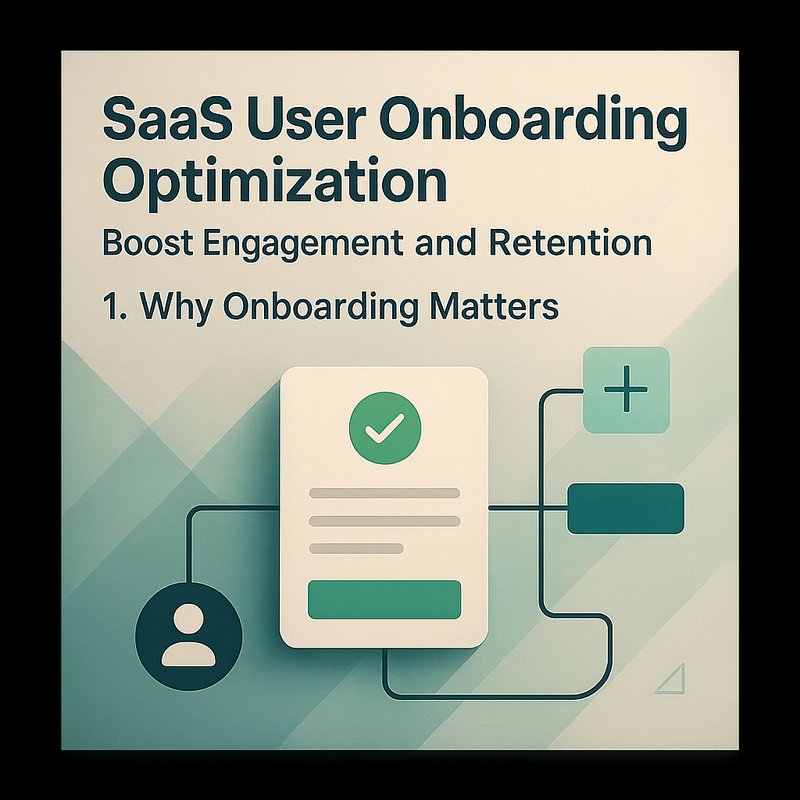When a SaaS company launches a new feature, the first thing that comes to mind is usually growth. But growth without a solid base of happy users is a shaky foundation. Community engagement is a powerful lever that can turn casual users into long‑term advocates. In this guide we’ll walk through how to use community building to boost SaaS retention. We’ll cover the why, the how, and the tools that can help you keep customers coming back.
Why Community Matters for SaaS Retention
People buy tools, not just features. They want to feel part of something bigger. A vibrant community gives users a sense of belonging, a place to share tips, and a channel for real‑time support. When users see others succeeding, they’re more likely to stay and invest in the product.
- Social proof: Seeing peers use a feature successfully reduces hesitation.
- Peer support: Users can solve problems faster when they can ask a question in a forum or chat.
- Feedback loop: Community conversations surface pain points that product teams can address quickly.
All of these factors feed into SaaS retention by lowering friction and increasing perceived value.
Building the Foundations of a Community
1. Choose the Right Platform
You don’t need a huge, fancy forum to start. Pick a platform that fits your user base and your team’s capacity to moderate.
| Platform | Pros | Cons |
|---|---|---|
| Discord | Real‑time chat, easy to set up, free tier | Requires active moderation |
| Slack | Familiar to many teams, integration friendly | Paid plans can be costly |
| Public, low maintenance | Less control over content | |
| Custom Forum | Full control, brand‑aligned | Higher development cost |
If you’re already using a tool like Neura ACE for content creation, you can embed community links directly into your help docs or onboarding emails.
2. Define Community Goals
Before you launch, ask yourself what you want the community to achieve. Common goals include:
- Reduce support tickets by 30 %
- Increase feature adoption by 20 %
- Collect beta feedback for upcoming releases
Clear goals help you measure success and keep the community focused.
3. Create a Welcome Flow
First impressions matter. When a new user joins, send a friendly welcome message that:
- Introduces the community
- Highlights key channels (e.g., #introductions, #help, #ideas)
- Provides quick links to tutorials or FAQs
You can automate this with a simple bot or an email trigger. For example, a bot on Discord can greet new members and pin a welcome guide.
4. Encourage User‑Generated Content
The more content users create, the more valuable the community becomes. Encourage:
- How‑to posts: “How I use Feature X to save time”
- Success stories: “I grew my revenue by 15 % using the new reporting tool”
- Ask‑me‑anything (AMA) sessions: Invite product managers to answer questions
Reward contributions with badges, shout‑outs, or small perks. Recognition fuels engagement.
Driving Engagement Through Structured Activities
1. Weekly Challenges
Set a weekly challenge that encourages users to try a new feature or complete a task. For example:
“This week’s challenge: Create a custom dashboard and share a screenshot in #showcase. The best dashboard wins a free month of the Pro plan.”
Challenges create a sense of competition and give users a reason to log in regularly.
2. Live Q&A Sessions
Schedule live Q&A sessions with your product team. Use a platform like Zoom or a live chat in Discord. Promote the session in advance and record it for those who can’t attend. Live interactions build trust and show that you’re listening.

3. Community‑Led Roadmaps
Invite community members to vote on upcoming features. Use a simple poll or a dedicated channel where users can suggest ideas. When you implement a community‑suggested feature, give credit in release notes. This transparency boosts loyalty.
4. Gamification Elements
Add points, levels, or leaderboards for community participation. For instance, users earn points for posting questions, answering others, or sharing tutorials. Points can be redeemed for discounts or early access to new features.
Integrating Community Data into Your Retention Strategy
1. Track Community Metrics
Just like product usage, community activity should be measured. Key metrics include:
- Active members: Daily or weekly active users in the community
- Post frequency: Number of posts per day
- Response time: Average time to answer a question
- Engagement rate: Likes, replies, and shares per post
Use a dashboard in Google Data Studio or Metabase to visualize these metrics. Link community data to your CRM to see how engagement correlates with churn.
2. Correlate Community Activity with Churn
Run a simple analysis: compare churn rates of users who are active in the community versus those who aren’t. If active users churn at a lower rate, that’s a strong signal that community engagement drives SaaS retention.
3. Automate Outreach Based on Community Signals
If a user stops posting or asking questions, trigger a friendly check‑in. For example:
“Hey [Name], we noticed you haven’t posted in a while. Is there anything we can help with?”
You can automate this with a bot that monitors activity and sends a message after a set period of inactivity.
Leveraging Community for Upsell Opportunities
A community is a natural place to surface upsell opportunities. When users discuss advanced use cases, they’re already thinking about higher tiers. Use these moments to:
- Highlight premium features that solve the problem they’re discussing
- Offer a limited‑time discount for users who mention the community channel
- case studies of other community members who upgraded
Keep the tone conversational and avoid hard selling. The goal is to show value, not push a price.
Case Study: A SaaS Company That Boosted Retention Through Community
A project management SaaS launched a Discord community to support its users. Within six months:
- Support tickets dropped by 35 % because users found answers in the community
- Feature adoption increased by 22 % as users shared tutorials
- Churn fell from 17 % to 12 % after community‑driven improvements
The company credited the community for creating a sense of ownership among users, which directly impacted SaaS retention.
Quick Implementation Checklist
- [ ] Pick a community platform that fits your audience
- [ ] Define clear goals for the community
- [ ] Set up a welcome flow with automated messages
- [ ] Encourage user‑generated content with rewards
- [ ] Launch weekly challenges and live Q&A sessions
- [ ] Track community metrics and link them to churn data
- [ ] Automate outreach for inactive members
- [ ] Use community insights to drive upsell conversations
Follow this checklist and you’ll have a thriving community that supports your retention goals.
Final Thoughts
Community building isn’t a side project; it’s a core part of a healthy SaaS ecosystem. When users feel connected, they’re less likely to leave. By measuring engagement, automating outreach, and turning community insights into product improvements, you can create a virtuous cycle that boosts SaaS retention. Start small, iterate, and watch your customer base grow stronger.
